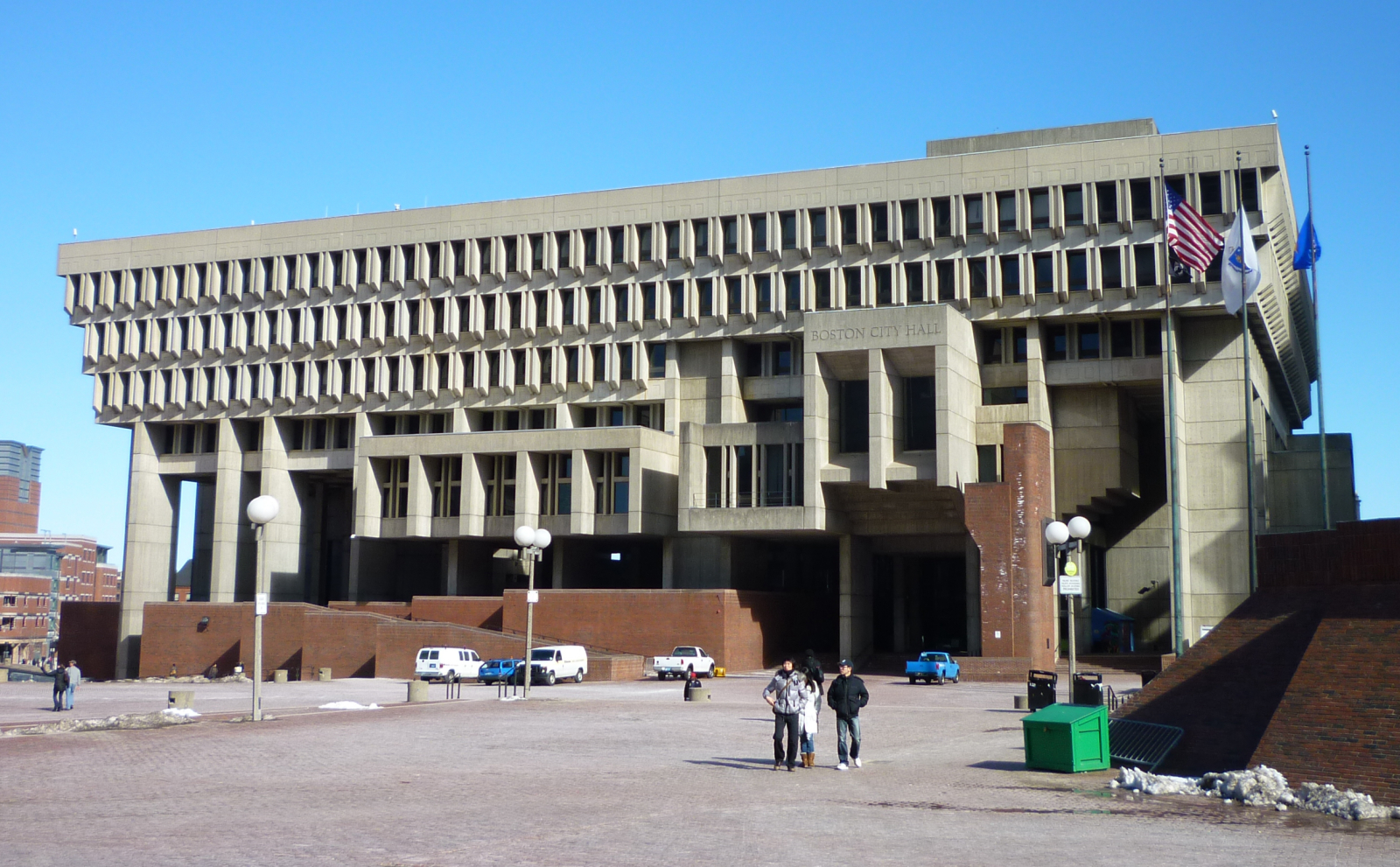Last month, the city government of Boston, led by Mayor Michele Wu, took steps to put decades of architectural drama at its back, when it announced its support to make Boston City Hall a city landmark. Advocates for Boston City Hall, including Docomomo US and Docomomo US/New England have weighed in on this weighty building for decades. With a designation and the protection of the facade and lobby possible, Docomomo US is pleased to offer our strong support for landmarking.
The process through which City Hall could attain landmark status started back in 2007, when a group of voters submitted a petition to the Boston Landmarks Commission asking for the designation. You can read founding director Helene Lipstadt's 2007 letter on behalf of Docomomo US here. Boston's Commission released its study report on the building this fall, concluding that the exterior and interior main lobby space of the concrete behemoth in the heart of Boston should become an official landmark. Read Docomomo US letter of support here and Docomomo US letter here.
In 1961, the Boston Redevelopment Authority, announced an nationwide open call for proposals by unknown, up and coming architects to "create a contemporary microcosm of Boston" where the brick base envelopes the everyday functions of city government (taxes, permits, etc); the middle section reflects (in its placement and size of window openings) the structure of city government and the mayoral/city council system; and the regularly-spaced precast upper stories contain floors devoted to the technical activities of government (1).
The new building would be part of the redevelopment of Scollay Square (the area we know today as Government Center), which was a once bustling center of commerce, and would include renovation and rerouting of the nation's oldest subway tunnel to support the foundation of the new City Hall. It would also cement (pun intended) Boston’s place in the annals of polarizing public architecture.
Even now, after more than 60 years, the winning design by Kallmann, McKinnell, and Knowles, who were teaching at Columbia University at the time of the competition, continues to top lists of the ugliest buildings in the world. Haters will inevitably always hate. But, in this love-hate relationship, it appears that the “Brute is cute.” team gets the last laugh.
Sources
1) MACRIS: Historic Building Detail: BOS.1657
Boston City Hall Study Report Feedback
